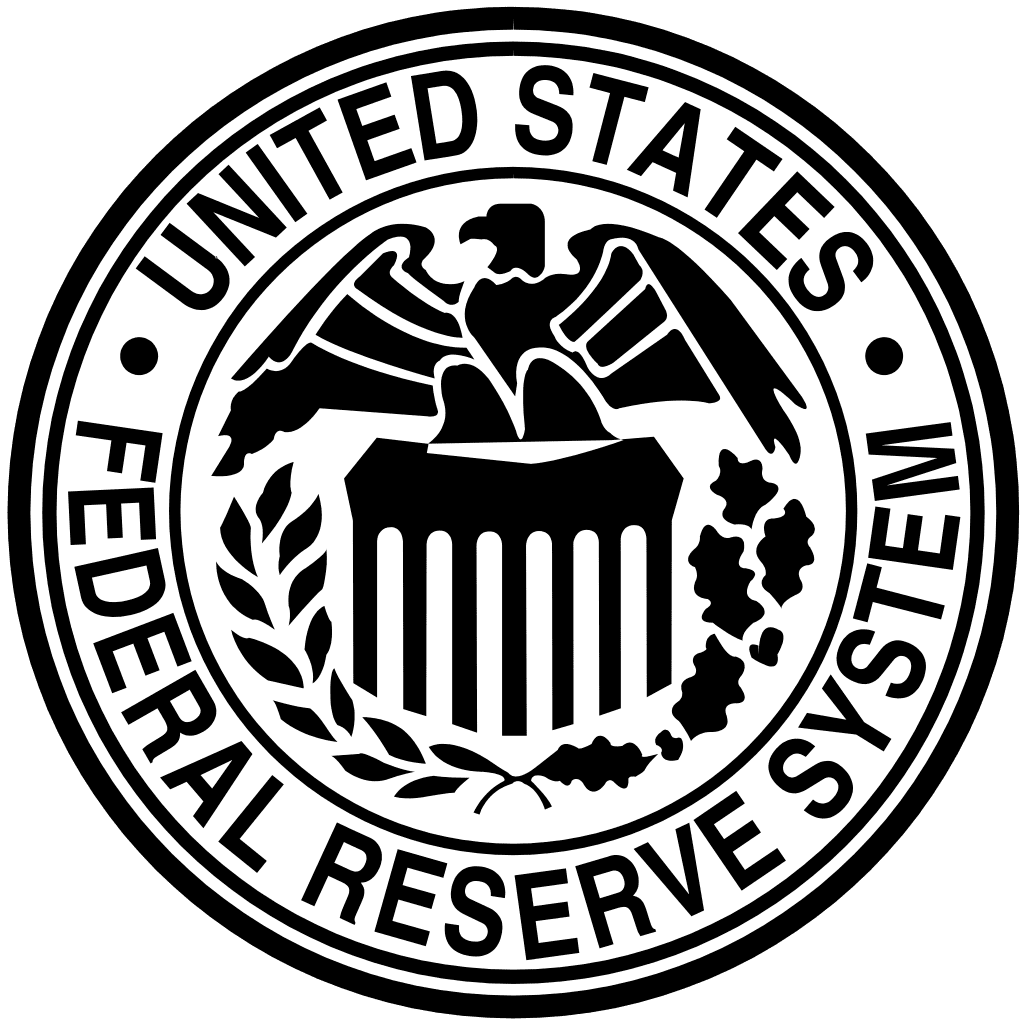
The Federal Reserve
Established: December 23, 1913
Mission: To centralize control of the United States monetary system in order to promote economic safety and stability.
Reason for creation: Repeated and dramatic economic panics in the preceding decades led to the creation of the Federal Reserve System (the Fed) in 1913. It was designed to be a central authority equipped to manage and stabilize the national economy.
From 1863 until the Fed’s creation, a loose system of national banks managed the United States’ monetary policy. However, the United States experienced economic panics in 1873, 1884, 1893, and 1907 —occurrences often characterized by disruptions in economic stability on both national and international scales. During the Panic of 1907, J.P. Morgan, the powerful financier and banker, rallied bankers and other wealthy Americans to loan money to specific failing banks in order to keep them solvent. While his actions probably helped prevent the total collapse of the stock market, they also made evident to the general public the need for an independent and reliable organization to support greater economic stability. In the aftermath of the 1907 panic, the National Monetary Commission was established to investigate the crisis and to suggest legislation that would help avoid further catastrophes. Following the commission’s 1911 report, legislators debated for two years before finally passing the Federal Reserve Act which established the Federal Reserve.
Impacts: Since it was established, the Fed has guided American monetary policy through extensive economic changes and massive disturbances. Events like the two World Wars, the Great Depression, the September 11th attacks, and the 2008 Great Recession all required stabilization efforts by the central bank. In the 1920s the Fed recognized the gold standard’s waning importance in American economic affairs and initiated a shift towards using open market operations as a primary tool for conducting monetary policy. This has allowed the Fed to directly control the amount of money circulating in the economy. This increased control has made it easier to manage inflation and deflation which, under the gold standard, were often caused by shifts in gold extraction.

